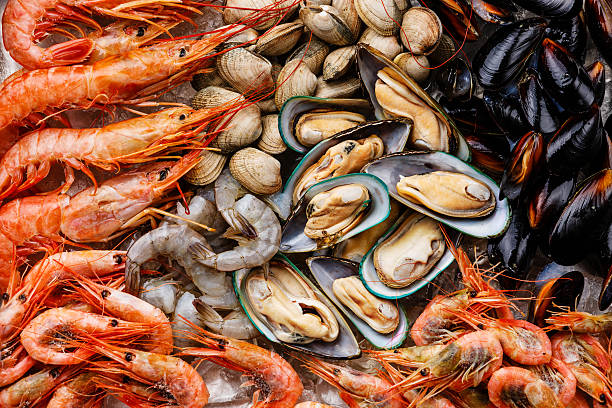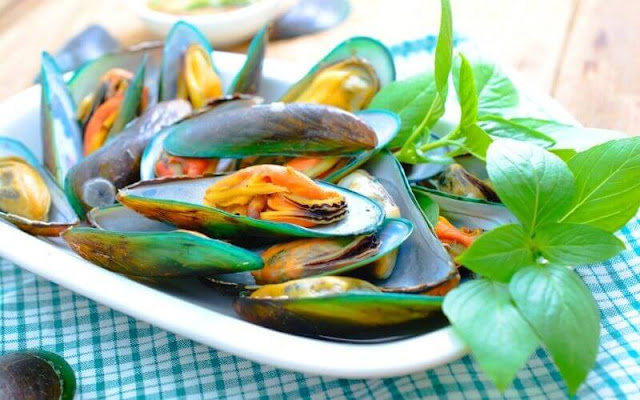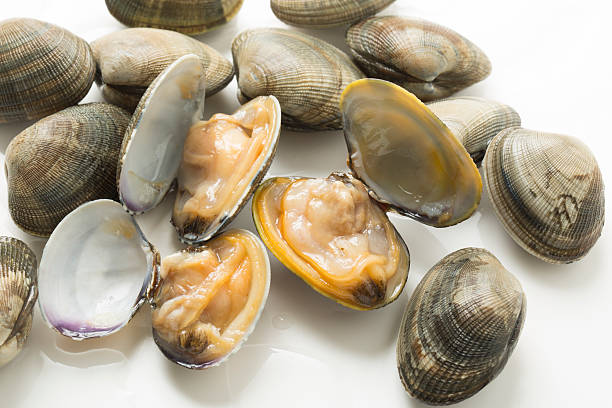Shrimp, Lobster and More: What You Need to Know About Shellfish

You may not realize it, but most of the seafood you eat is shellfish. The culinary world has a plethora of delicious shellfish dishes. Because of their versatility, many people assume that it’s safe to eat all types of shellfish. However, some species cause an increased risk for illness when consumed raw or undercooked. Keep reading to learn more about what you need to know about shellfish and its consumption rules in NZ. What is a shellfish? Shellfish refer to a wide variety of aquatic animals that live in or around the ocean. Shellfish include oysters, mussels, clams, scallops, and common shrimp. These animals are filter feeders and produce a shell made of calcium carbonate as a means of protection. Because shellfish are a living filter for the ocean, they are an important part of the water filtration system. Shellfish fall under the category of aquatic invertebrates and are grouped with insects, crustaceans and other small arthropods. Shellfish include shrimp, prawns, crab, lob...


